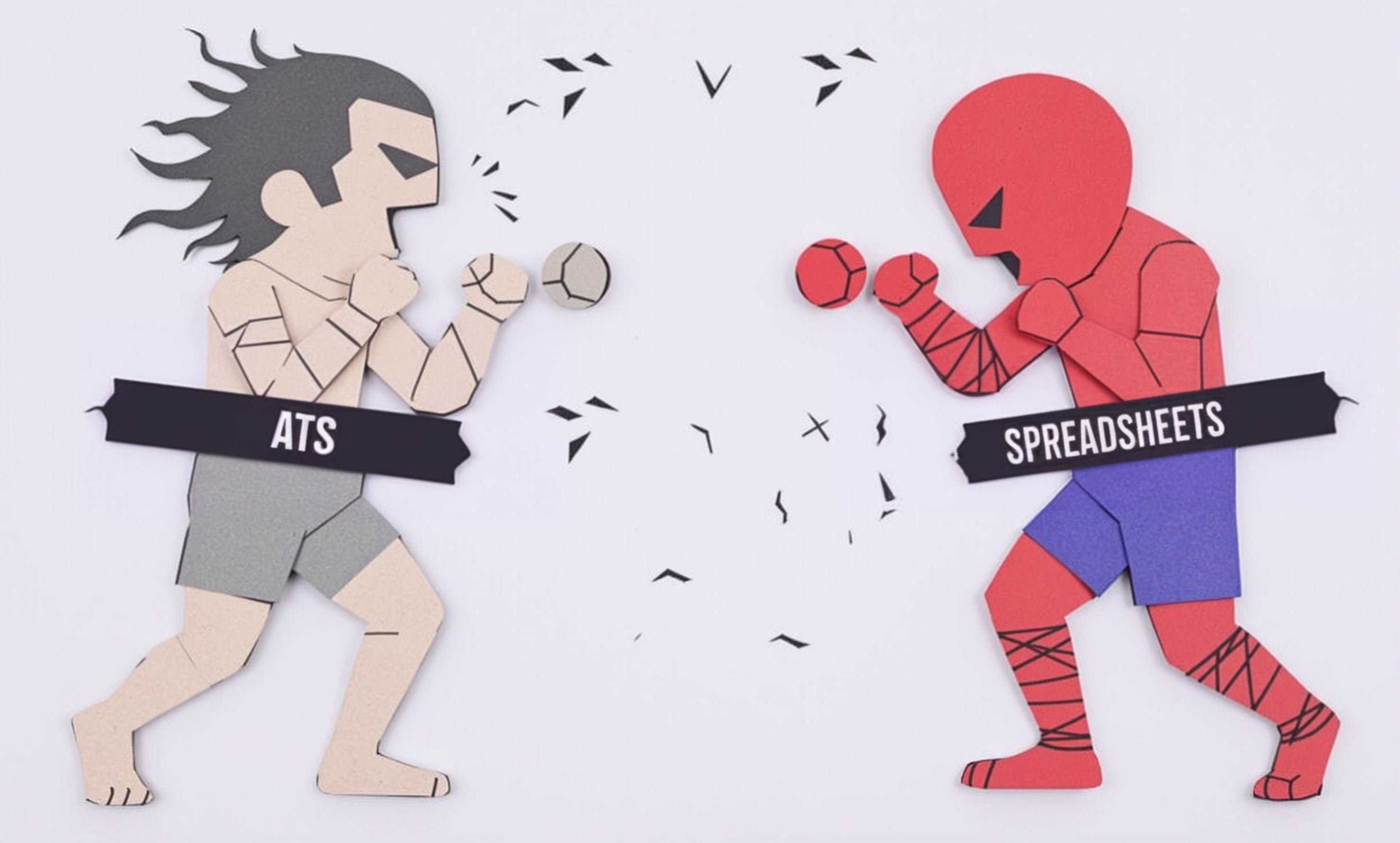
Character Sheet
A Character Sheet is a detailed document that comic book artists and writers use to maintain consistency in how a character looks, acts, and develops throughout a story. It's like a complete profile or blueprint that includes everything from physical appearance details to personality traits. Artists refer to these sheets to ensure characters look the same from page to page, while writers use them to keep character behaviors and backstories consistent. This is similar to how fashion designers use model cards or architects use blueprints - it's a reference tool that helps maintain quality and consistency in the final product.
Examples in Resumes
Created Character Sheet|Character Sheets for main cast of 12 superheroes in ongoing series
Developed comprehensive Character Sheet|Character Bibles for new manga series
Collaborated with writers to update Character Sheet|Model Sheets for reimagined classic characters
Typical job title: "Character Artists"
Also try searching for:
Where to Find Character Artists
Online Communities
Job Boards
Events & Conferences
Professional Networks
Example Interview Questions
Senior Level Questions
Q: How do you manage character consistency across a long-running series with multiple artists?
Expected Answer: A senior artist should discuss creating detailed character sheets with multiple angles, expressions, and specific measurements, establishing style guides, and implementing review processes to maintain consistency across teams.
Q: How do you approach updating classic characters while maintaining their core identity?
Expected Answer: Should explain their process for analyzing essential character elements, researching previous versions, and modernizing designs while preserving recognizable features that fans connect with.
Mid Level Questions
Q: What elements do you include in a character sheet and why?
Expected Answer: Should mention including multiple poses, expressions, size comparisons, color schemes, costume details, and character traits, explaining how each element helps other artists maintain consistency.
Q: How do you ensure your character designs are both unique and practical for animation/comics?
Expected Answer: Should discuss balancing creative design with practical considerations like ease of drawing repeatedly, distinctive silhouettes, and memorable features.
Junior Level Questions
Q: What basic views should be included in a character turnaround?
Expected Answer: Should know to include front, three-quarter, side, and back views at minimum, with consistent proportions and clear details.
Q: How do you organize information on a character sheet?
Expected Answer: Should describe basic layout principles, such as grouping similar information together, using clear labels, and ensuring the sheet is easy to read and reference.
Experience Level Indicators
Junior (0-2 years)
- Basic character drawing skills
- Understanding of anatomy
- Simple character sheet creation
- Basic digital art tools
Mid (2-5 years)
- Advanced character design
- Multiple style adaptation
- Detailed expression sheets
- Character turnarounds
Senior (5+ years)
- Team leadership and art direction
- Style guide creation
- Complex character design systems
- Project management
Red Flags to Watch For
- Unable to maintain consistent character proportions
- No knowledge of industry-standard design software
- Poor understanding of character appeal and marketability
- Lack of portfolio showing character design work
Need more hiring wisdom? Check these out...

Why Your Hiring Spreadsheets Are Secretly Sabotaging Your Recruitment

Automated Scorecards in ATS Systems: Your Secret Weapon for Smarter Hiring Decisions

Beyond Spreadsheets: Why Executive Dashboards in ATS Systems Are Your Secret Hiring Weapon

